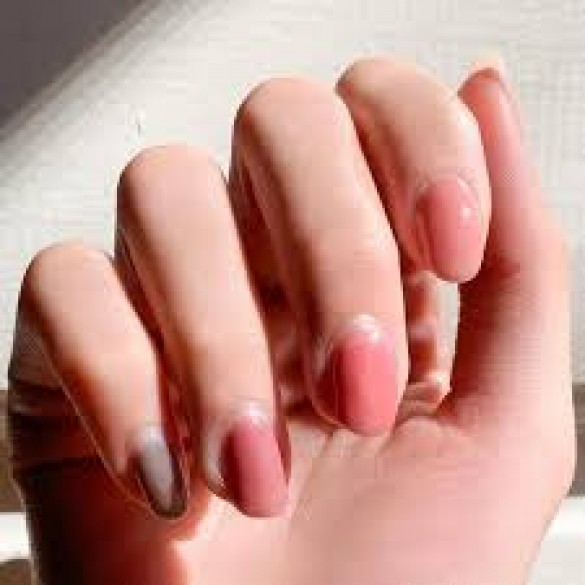Nail polish is a staple in many people's beauty routines, offering a pop of color and style to fingertips. But beyond its aesthetic appeal, does applying nail polish actually affect the health and growth of nails? Let's delve into the advantages and disadvantages of nail polish to understand its effects better.
Understanding Nail Polish
Nail polish, also known as nail enamel, is a lacquer applied to the nails to enhance their appearance. It typically consists of a mixture of nitrocellulose dissolved in a solvent, along with color pigments and other additives to improve shine, durability, and drying time.
Advantages of Nail Polish
1. Aesthetic Enhancement
- Pop of Color: Nail polish allows individuals to express their personality and style with a vast array of colors and finishes.
- Versatility: From subtle neutrals to bold and vibrant hues, nail polish offers endless possibilities for creativity and self-expression.
2. Protection
- Strengthens Nails: Some nail polishes contain strengthening ingredients like keratin or calcium, which can help fortify nails and reduce the risk of breakage.
- Barrier: Nail polish acts as a protective barrier, shielding nails from environmental damage, such as moisture loss and physical trauma.
3. Boosts Confidence
- Feel-Good Factor: Well-manicured nails can boost self-confidence and make individuals feel polished and put-together.
Disadvantages of Nail Polish
1. Nail Damage
- Yellowing: Prolonged use of nail polish, especially darker shades, can cause nails to become yellow or stained.
- Brittleness: Some nail polishes contain harsh chemicals like formaldehyde, toluene, and DBP (dibutyl phthalate), which may weaken nails over time.
2. Infection Risk
- Trapped Moisture: Nail polish, particularly when applied too frequently or without proper ventilation, can trap moisture beneath the nail, creating a conducive environment for fungal or bacterial growth.
- Nail Bed Damage: Continuous use of nail polish without allowing nails to "breathe" can lead to nail bed damage and discoloration.
3. Chemical Exposure
- Toxic Ingredients: Many conventional nail polishes contain potentially harmful chemicals, raising concerns about long-term exposure and its effects on overall health.
- Environmental Impact: Improper disposal of nail polish and its containers can contribute to environmental pollution.
While nail polish undoubtedly adds flair to one's appearance, its effects on nail health depend on various factors, including the quality of the polish, frequency of use, and individual nail care practices. To minimize potential risks, opt for nail polishes free of harmful chemicals, practice proper nail care, and give your nails periodic breaks from polish to allow them to recover and breathe.
Apple WWDC 2024: These 5 New Features in iOS 18 and iPadOS 18 Will Change the Way You Use Your Devices
Elon Musk Threatens to Ban Apple Devices Over OpenAI Integration
Tata Motors Set to Launch Avinya Brand, Unveils Plans for Multiple Electric Cars
